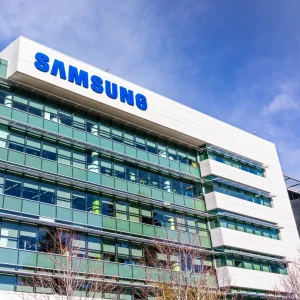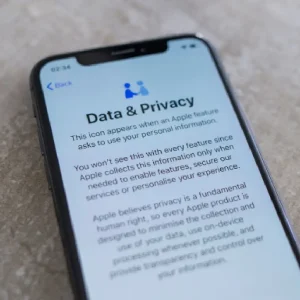
Businesses and consumers are ready to embrace the benefits of 5G, with the number of commercial networks around the world rocketing in 2020 and increasingly robust case studies from industry beginning to come through.
New S&P Global data shows 52 operators have launched new commercial 5G operations around the world so far this year, despite Covid-19.
The first six months of 2020 brought 35 fresh deployments, compared to 21 in the same period of 2019. This means there are now at least 113 operators running 5G networks across 52 markets.
Mischa Dohler, professor in wireless communications at King’s College London, said the UK is playing a leadership role in 5G deployment.

“5G roll-out used to be a technology question, but now it’s becoming a business and finance question,” he says. “It’s about adoption and which industries want to make it happen.”
“Four national operators here [in the UK] have launched 5G networks, which is no small thing as some countries in the world are still struggling to get it going. We now have many urban centres covered, suburbia will follow, then the rural areas in the same way 4G was rolled out.
“By 2022/23 we should see a good consistent performance in urban areas, with rural following by 2025/26.”
The benefits of 5G versus 4G
Compared to the current 4G standard, benefits of 5G are considerable:
- Speed: 5G is capable of delivering data rates of 20gbps, though current averages sit at around 100mbps.
- Greater capacity: 5G can support about one million connected devices per square kilometre, compared to 4,000 on 4G. This makes it ideal for large-scale industrial applications where an array of complex machines are operating in a small area.
- Lower latency: The delay between an instruction being sent and data being transmitted is also much lower on 5G, averaging 21-26 milliseconds, compared to 50 milliseconds with 4G. This makes a big difference for communications and broadcasting live events.
- Better spectrum use: 5G is designed to make the most of the full range of spectrum, from low-band (sub 1 GHz) to mid-range (1 GHz-6 GHz) and the high-band mmWave.
Industries that could feel the benefits of 5G
“Vendors like Ericsson and Nokia, as well as the likes of Huawei and Samsung, are already benefiting from 5G,” says Professor Dohler.
“What’s interesting is that they are striking business relationships with other industries, and we may see partnerships arising where, for example, Ericsson collaborates with Skanska or Volvo. This allows these companies, which typically were clients of the big telcos, suddenly start to be able to compete with them.”
Industries that stand to benefit from 5G include:
- Arts and Media: “The low latency means 5G can recreate a fully spatial immersion without being physically in the same place,” says Professor Dohler. “So I think that will profit the gaming industry with things like immersive VR. You could also see big bands replacing physical concerts with virtual ones, and the situation with Covid-19 has pushed this onto the stage.”
- Automotive: The continued development of connected and autonomous vehicles will require reliable network connections with good bandwidth to enable myriad telemetry and navigation systems.
- Manufacturing: Using a 5G network in a factory could save space and the cut the amount of expensive cabling required, Professor Dohler explained. “5G now has the latency of industrial ethernet, so you could think of replacing some of that cabled infrastructure with an untethered network running on 5G. That could be quite a cost-efficient solution for anyone who owns a large manufacturing hall.”
- Medicine: Last year a surgeon in China performed the first remote robotic surgical procedure over a 5G network, and Professor Dohler believes it is only a matter of time before such operations become routine. “It will be mainstream by 2025,” he says. “We know the technology can do it, it’s more a question of demand and regulation.”
Examples of companies unlocking the benefits of 5G
The potential for 5G in smart manufacturing is being explored by three UK firms that have joined an accelerator programme aiming to develop a trio of use cases.
Set up by Ericsson and digital technology innovation centre Digital Catapult, the Industrial 5G Accelerator aims to develop systems that can utilise 5G to “unlock business efficiencies through the use of advanced wireless technologies and proving the potential of 5G in a critical business sector.”
The three companies joining the programme are:
- Seagate: Looking at the future roll-out of autonomous vehicles in the factory, to constantly transport people and equipment.
- Siemens: Investigating the potential of private 5G networks to support VR/AR training while transforming production.
- Tharsus: Building a robotic camera device to roam the factory floor, conducting checks on machines and production lines, and feeding footage and information back to a remote operator.
Iain Thornhill, vice-president for service providers and IoT at Ericsson, said: “Technology has a vital role to play as the world recovers from Covid-19, and 5G presents a great opportunity for the UK to boost British businesses, transform its enterprise sector and build a world-leading digital economy.”






